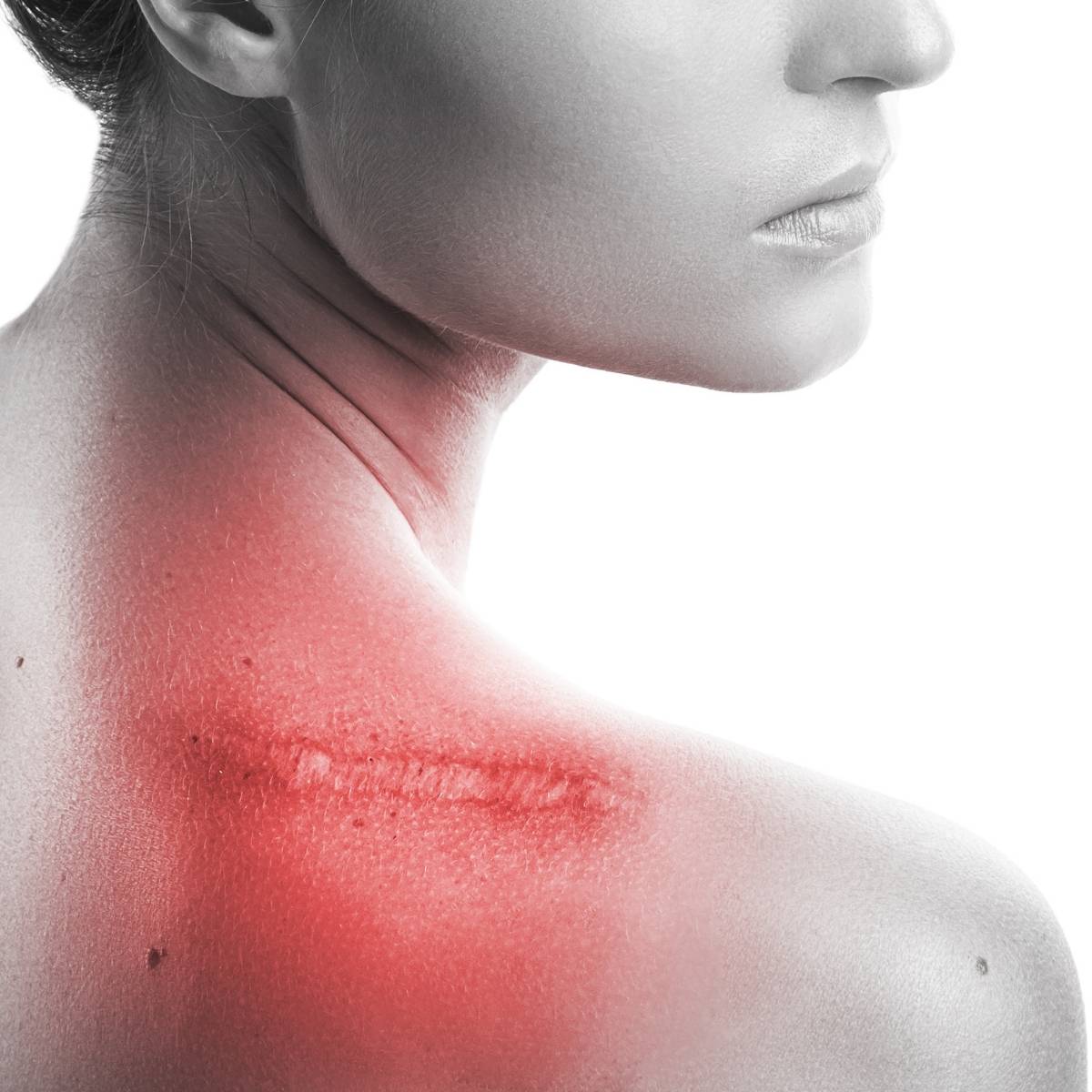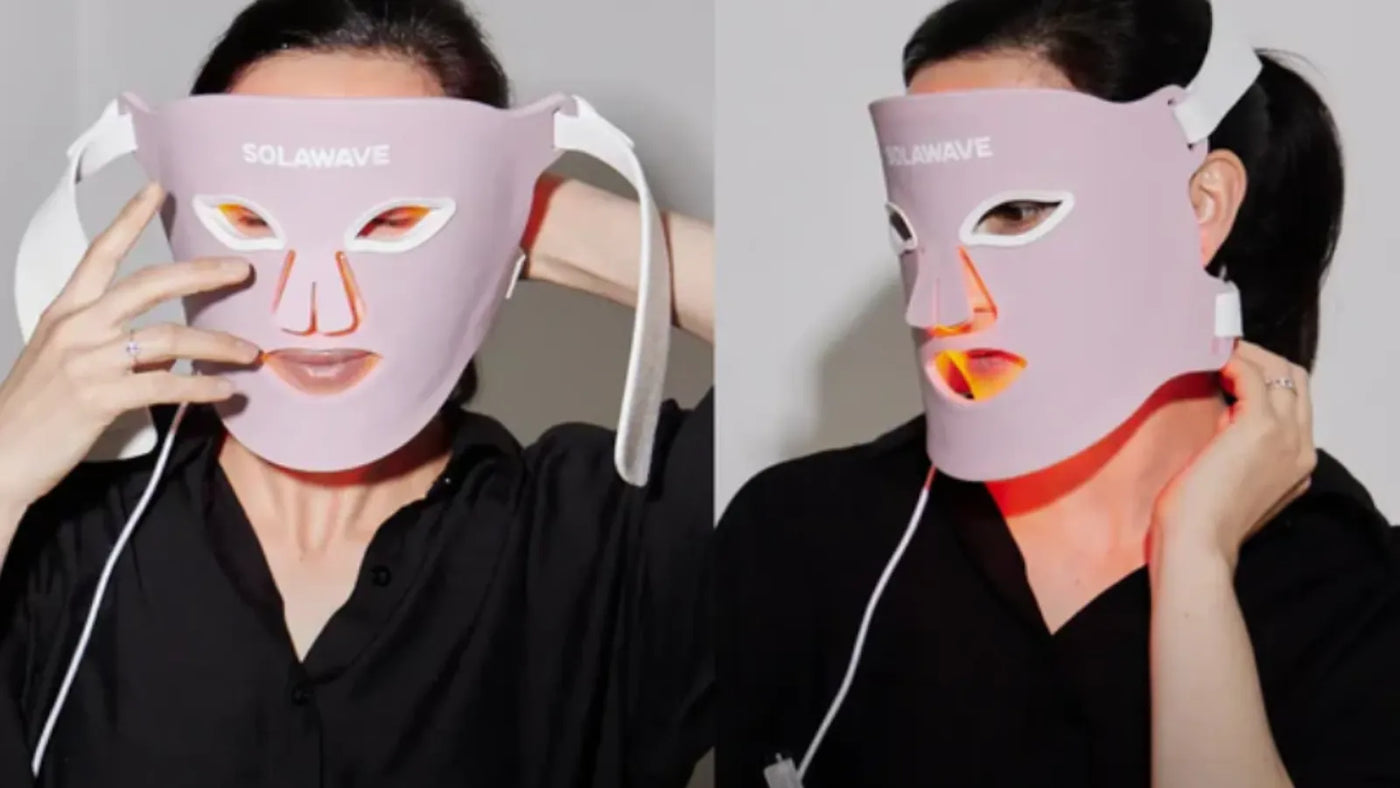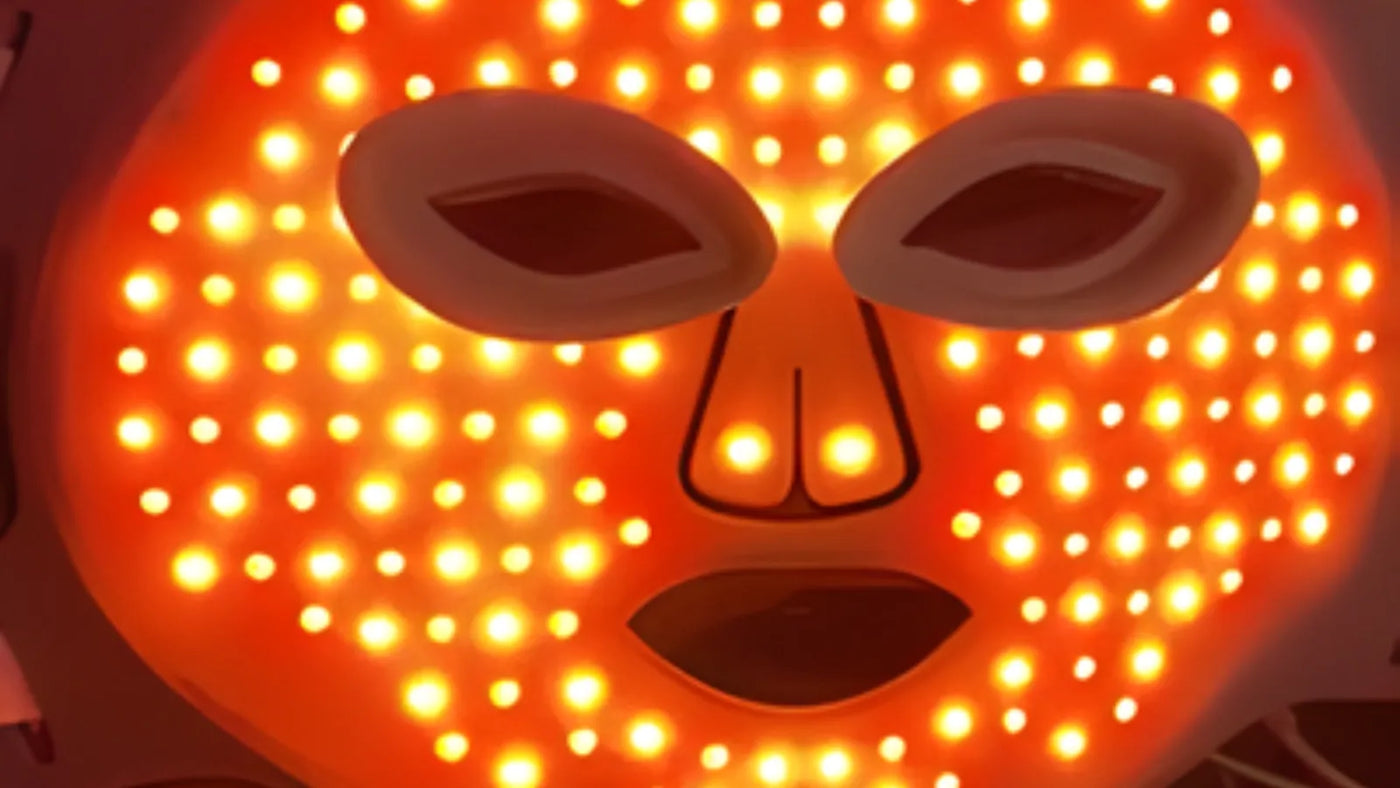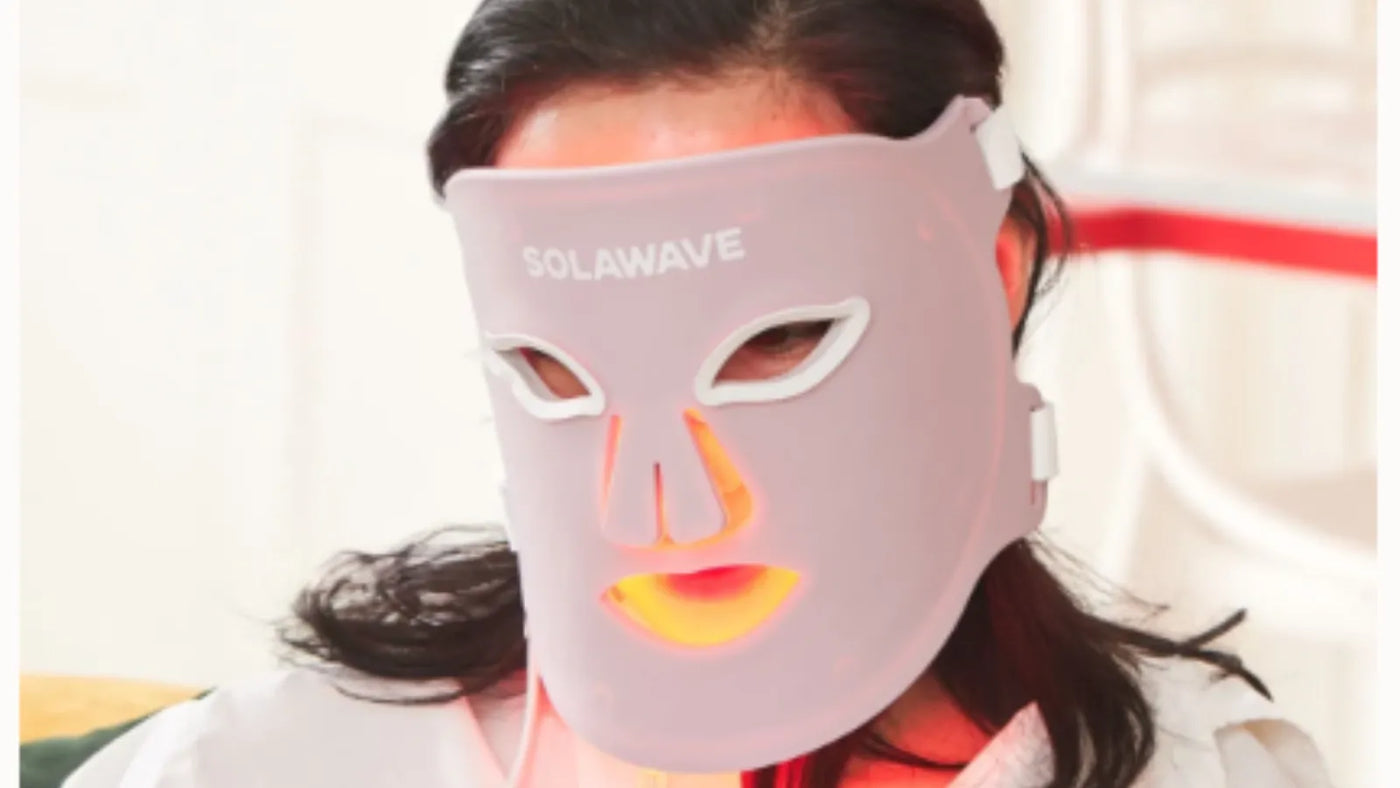

Red Light Therapy for Scars: Can It Help?
If you’re searching for ways to support your skin’s natural healing after an injury or surgery, you’ve likely come across the concept of using Red Light Therapy for scars. With so much buzz around this innovative technology, it’s natural to wonder what it actually does—and whether it’s right for you. While Red Light Therapy is not a cure or treatment for scars or any medical condition, many people are curious about its potential to encourage healthier-looking skin.
In this article, you’ll learn what Red Light Therapy is, how it works on a cellular level, and what the current research says about its role in scar care. Let’s explore the facts so you can make informed decisions about your skin’s wellness journey.
What Are the Different Types of Scars and What Causes Them?
Keloid Scars
Keloid scars are a type of raised scar that develops when the body’s healing process goes into overdrive. Unlike most scars, keloids grow beyond the boundaries of the original wound, sometimes becoming much larger than the initial injury. They are most commonly found on the chest, shoulders, upper back, and earlobes, but can appear anywhere on the body. Keloids are typically firm, shiny, and can range in color from pink to deep red or brown, often becoming darker than the surrounding skin.
The primary cause of keloid scars is an overproduction of collagen, the protein responsible for skin strength and elasticity, during the healing process. This excess collagen forms a dense, fibrous tissue that continues to grow even after the wound has healed. Keloids can result from various types of skin injuries, including surgical incisions, piercings, burns, acne, chickenpox, or even minor cuts and scratches. Some people are more prone to developing keloids due to genetic factors, with higher prevalence in individuals with darker skin tones. Keloids can be uncomfortable, itchy, or even painful, and their appearance can be a source of emotional distress for some individuals. Treatment options focus on reducing discomfort and improving appearance, but keloids have a tendency to recur even after intervention.
Hypertrophic Scars
Hypertrophic scars are also raised and thickened, but unlike keloids, they remain confined to the area of the original injury and do not grow beyond its borders. These scars are typically red or pink in color and may feel firm or rubbery to the touch. Over time, hypertrophic scars may flatten and become less noticeable, but they can persist for months or even years.
The main cause of hypertrophic scars is an abnormal response to wound healing, where the body produces too much collagen at the site of injury, but not to the extent seen in keloids. They often develop after surgical procedures, traumatic injuries, burns, or even severe acne. Factors that can increase the likelihood of hypertrophic scar formation include wound infection, tension on the wound edges, and delayed healing. People with a family history of hypertrophic scarring may also be more susceptible. These scars can be itchy, tender, or cause discomfort, especially if located over joints or areas of frequent movement. Treatment options are aimed at reducing scar thickness, improving flexibility, and minimizing symptoms.
Atrophic Scars
Atrophic scars are characterized by a sunken or depressed appearance, making the skin look uneven or pitted. Unlike keloid and hypertrophic scars, which are raised, atrophic scars result from a loss of tissue. They are most commonly associated with conditions that damage the deeper layers of the skin, such as severe acne, chickenpox, or certain injuries.
The underlying cause of atrophic scars is the destruction or loss of collagen and other supportive skin structures during the healing process. When the skin cannot regenerate enough tissue to fill in the damaged area, a depression or indentation forms. There are several subtypes of atrophic scars, including ice pick scars (deep and narrow), boxcar scars (broad with defined edges), and rolling scars (wave-like depressions). These scars are often more noticeable on the face, where they can affect self-confidence and emotional well-being. Treatment approaches focus on stimulating collagen production and resurfacing the skin to create a smoother appearance.
Post-Surgical Scars
Post-surgical scars are the result of the body’s natural healing response following a surgical procedure. The appearance of these scars can vary widely depending on the type of surgery, the location and size of the incision, your skin type, and how your body heals. Post-surgical scars may be flat, raised, or sunken, and can range in color from pink to brown or even white as they mature.
The primary cause of post-surgical scars is the intentional cutting of the skin and underlying tissues during surgery. Factors that influence the final appearance of a surgical scar include the surgical technique used, how well the wound is closed, the presence of infection or complications, and your individual healing response. Some people may be more prone to developing raised or thickened scars, such as keloids or hypertrophic scars, after surgery. Proper wound care, minimizing tension on the incision, and protecting the area from sun exposure can all help reduce the risk of prominent scarring. In some cases, additional treatments may be recommended to improve the appearance or comfort of post-surgical scars.
Can You Use Red Light Therapy for Scars?
You may have seen claims that Red Light Therapy can help with scars, but it’s important to set realistic expectations. As of now, there is no scientific evidence proving that Red Light Therapy is an effective treatment for scars of any type. While Red Light Therapy is widely discussed for its potential to support overall skin appearance, it should not be considered a solution for scar reduction or removal.
Red Light Therapy works by exposing your skin to low-level wavelengths of red or near-infrared light. Some people use it to support their skin’s natural processes for better appearance, however, when it comes to scars—whether keloid, hypertrophic, atrophic, or post-surgical—there is no clinical proof that Red Light Therapy can reduce their size, change their texture, or make them less visible.
If you are looking to improve the appearance of scars, it’s best to rely on proven methods such as silicone sheets, pressure therapy, corticosteroid injections, laser treatments, or other options recommended by your healthcare provider. Red Light Therapy may be a part of your overall skincare routine, but it should not be viewed as a treatment or cure for scars or any medical condition. Always consult a medical professional before starting any new therapy or product for scar management.
Proven Methods for Reducing the Appearance of Scars
When it comes to minimizing the appearance of scars, there are several well-established methods that you can consider. While no approach can guarantee complete removal, these options are supported by research and clinical experience for their ability to improve scar texture, color, and overall visibility. It’s important to remember that results can vary based on your skin type, the age of the scar, and its underlying cause. Always consult a healthcare professional before starting any new treatment.
1. Silicone Sheets and Gels
Silicone sheets and gels are among the most widely recommended options for scar management, especially for raised scars like keloids and hypertrophic scars. These products work by creating a soft, flexible barrier over the scar, which helps retain moisture and regulate collagen production beneath the skin. This environment can soften and flatten raised scars, making them less noticeable over time. Silicone sheets are typically worn for several hours each day, while gels can be applied directly to the scar and left to dry. Consistent, long-term use is usually necessary to see the best results.
2. Pressure Therapy
Pressure therapy involves the use of specially designed garments or dressings that apply continuous, gentle pressure to the scarred area. This method is most often used for larger or more severe scars, such as those resulting from burns or major injuries. The pressure helps to flatten and smooth the scar tissue by limiting blood flow and collagen buildup. Pressure garments must be fitted by a healthcare professional and are usually worn for several months to achieve noticeable improvement. Regular monitoring is important to ensure the garment remains effective and comfortable.
3. Corticosteroid Injections
Corticosteroid injections are a common treatment for raised scars, particularly keloids and hypertrophic scars. The steroid medication is injected directly into the scar tissue, where it works to reduce inflammation and slow down the overproduction of collagen. This can lead to a softer, flatter, and less itchy scar. Multiple injections are often required, spaced several weeks apart, and your healthcare provider will determine the appropriate schedule based on your scar’s response. Side effects are generally minimal but can include thinning of the skin or changes in pigmentation.
4. Laser Therapy
Laser therapy uses concentrated beams of light to target and break down scar tissue. Different types of lasers are available, each designed to address specific scar characteristics. For example, pulsed dye lasers can reduce redness and discoloration, while fractional lasers can smooth texture and stimulate new collagen production. Laser treatments are performed by dermatologists or trained medical professionals and may require several sessions for optimal results. Some redness or swelling may occur after treatment, but these effects are usually temporary.
5. Microneedling
Microneedling is a minimally invasive procedure that uses a device with fine needles to create tiny, controlled punctures in the skin. These micro-injuries stimulate the body’s natural healing response, encouraging the production of new collagen and elastin. Microneedling is particularly effective for atrophic scars, such as those caused by acne or chickenpox, and can help improve skin texture, tone, and firmness. Multiple sessions are often needed, and results develop gradually as the skin heals and regenerates.
6. Chemical Peels
Chemical peels involve applying a specially formulated chemical solution to the skin, which causes the outer layers to exfoliate and eventually peel away. This process encourages the growth of new, smoother skin and can help reduce the appearance of certain types of scars, especially those that are shallow or discolored. The strength and type of peel used will depend on your skin type and the nature of your scars. Recovery time varies, and it’s important to follow post-treatment care instructions to protect your skin as it heals.
7. Topical Treatments
A variety of over-the-counter and prescription creams, ointments, and gels are available to help reduce the appearance of scars. Common ingredients include vitamin E, onion extract, silicone, and retinoids, each targeting different aspects of scar healing. These products may help soften scar tissue, improve color, and promote a smoother texture when used consistently over time. While results can be subtle and gradual, topical treatments are often used in combination with other therapies for enhanced effectiveness.
8. Surgical Revision
Surgical revision is an option for severe, large, or bothersome scars that have not responded to other treatments. This procedure involves removing the scar tissue and carefully closing the wound to create a new, less noticeable scar. In some cases, additional techniques such as skin grafts or flap surgery may be used to improve the final appearance. Surgical revision is typically considered a last resort and should be discussed thoroughly with a qualified surgeon to understand the risks, benefits, and expected outcomes.
Conclusion
Scars are a natural part of the healing process, but their appearance can sometimes cause discomfort or self-consciousness. While there are several proven methods to help reduce the visibility of scars—such as silicone sheets, pressure therapy, corticosteroid injections, and laser treatments—no solution can guarantee complete removal.
Red Light Therapy is not a treatment or cure for scars or any medical condition, and should not be relied upon for scar management. For the best results, consult with a healthcare professional to determine the most appropriate approach for your unique needs and skin type.
Sources:






















